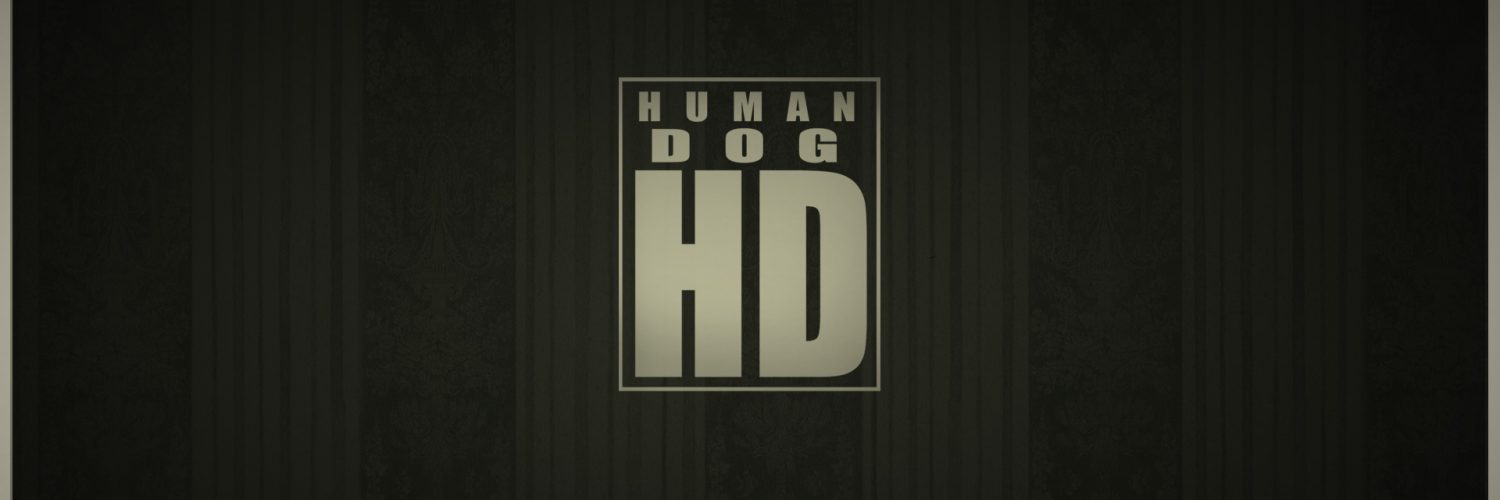Anders knew reintroducing the water bed to a general audience would be ugly work. He had told lies about water beds in the past. Jagged lies. And he knew he'd lie again, right to their faces. Not only had the populace lost trust in the water bed concept, they'd lost faith in its promise. Many in the northeast had vowed to sleep on a bed of scorpions than welcome a giant vinyl bladder of room temperature tap water back into the bedroom. The mold problems, the discontinuity of seasickness while on dry land, the lurking suspicion that the salesman had sold them a used or floor model that was not factory fresh but instead thick with the invisible greases of previous sleepers drove the water bed and aquatic sleep-cessories market into oblivion.
Still, Anders held out. He knew he could make it work. Time and again, he had removed the stigma of hopelessness from the cruise liner industry. He could do the same for water beds. He had prepared extensive slides depicting water balloons and bedding and the marriage of the two.
Beyond that, though, he had experience. His wife had given birth to a water bed. People had to understand.
The water bed regained respectability in America with the aide of enormous construction cranes and mild knock-out gas. Anders and his team would silently lift the roof off a home and replace a couple's vanilla mattress with a fully assembled, box-style water bed right out from underneath them during the night. They always used gloves. It was slow, it was expensive and it was massively illegal. But it was the only way Anders knew.
That and leaving brochures, tear sheets and other industry literature in muffler shop waiting areas and hair salon pick up zones.



Add comment